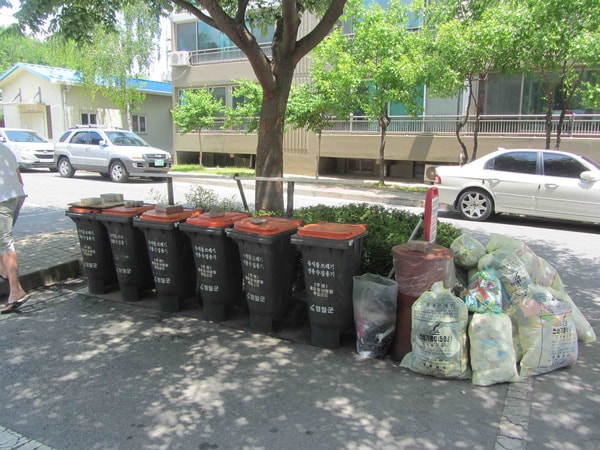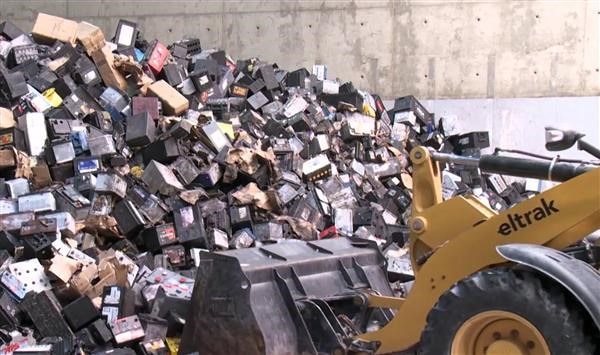How to classify waste according to science
There are many ways to classify waste. Researchers all agree to divide waste into inorganic waste, organic waste and recyclable waste. In addition, scientists in some countries have different ways of separating garbage.
Learn about the types of waste that are classified in Japanese ways

In addition to the above waste classification, the Japanese have a different way of classification of waste. According to Japanese people, garbage can be divided into four different categories: combustible garbage, non-combustible waste, natural waste and hazardous waste.
Burnable waste
Burnable garbage is rubbish like paper diapers, food wrappers, old clothes, rubber wood, kitchen waste such as vegetables, eggshell, tea residues ... For this type of waste, when sorting, Plastic or plastic bags should be removed before disposal. With kitchen waste, it must be drained and then put into plastic bags.
Rubbish does not burn
Plastic tubes, plastic bottles, electric light bulbs, foam plastic products, rubber, etc. are types of garbage divided into non-flammable waste. This waste must be separated and put into separate plastic bags before being disposed. For large, large-sized waste that cannot be put into bags, try not to let them fall outside.
Waste of resources
In addition to the above, the Japanese have also divided waste into resource waste. Resource waste is trash, including newspaper, cans, bottles, recyclables and reuse. For bottles that need to be washed once before throwing them away.
Garbage is harmful
Hazardous waste is trash such as expired batteries, mini gas bottles, knives, scissors, items that can be hazardous. Do not mix harmful rubbish in resource waste as well as other types of waste.

That's how the Japanese classify and dispose of waste. After learning about the types of waste, divided according to specific characteristics, it is necessary to have appropriate treatment to avoid environmental pollution.
Nguyen Linh - Good prices are always for you
Quality and prestige